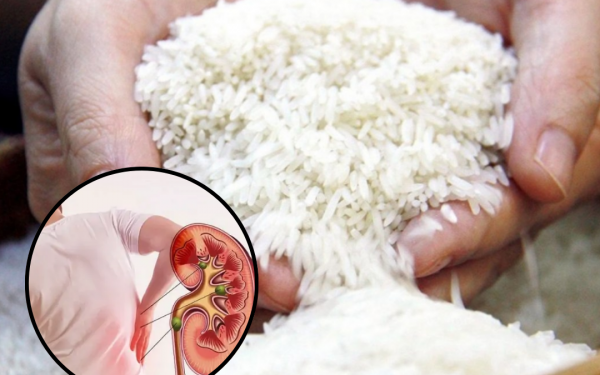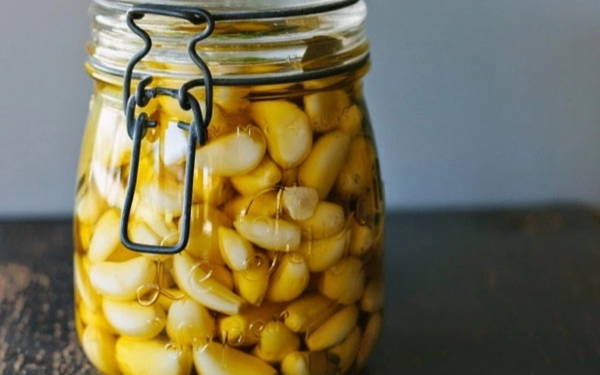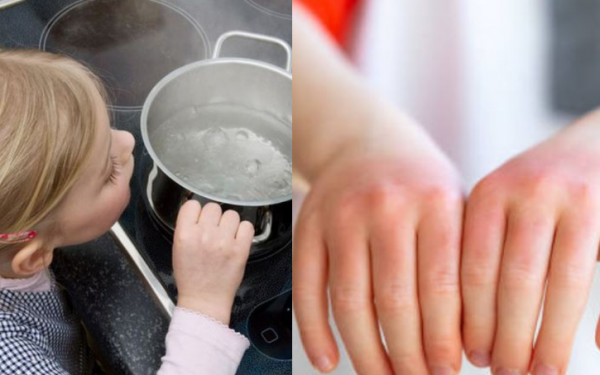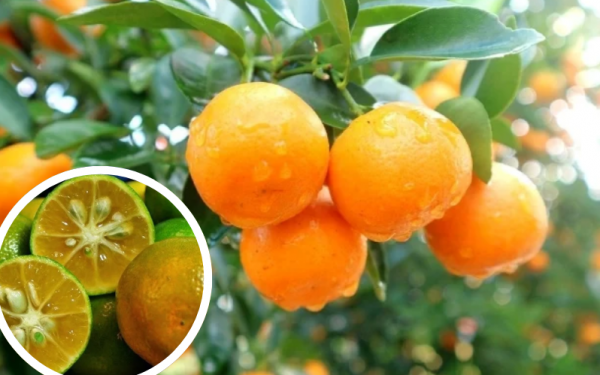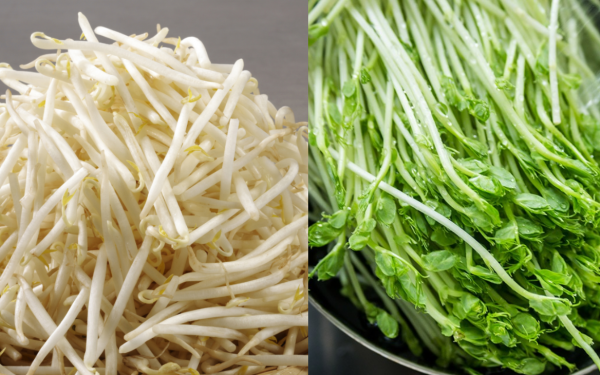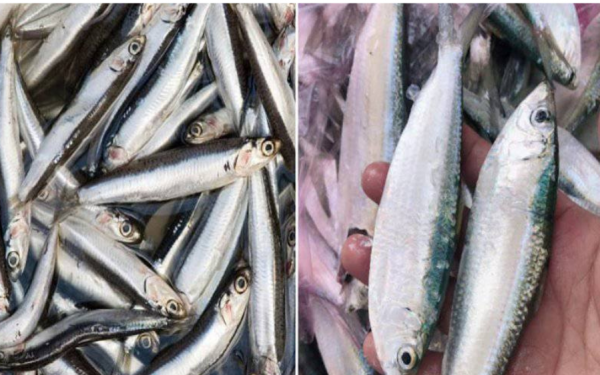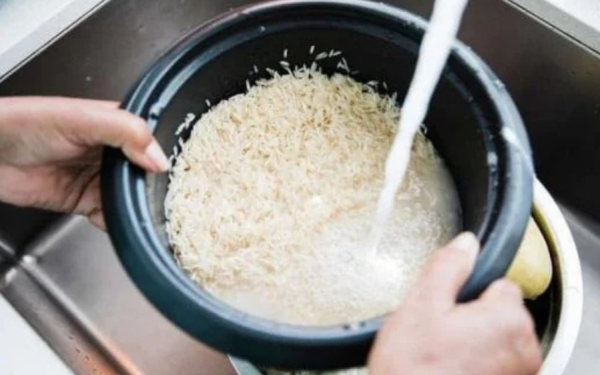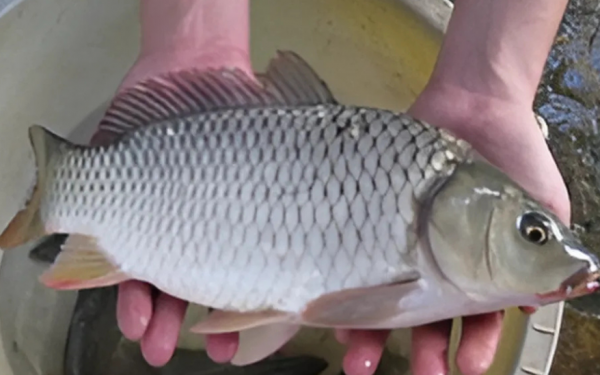When buying rice, you should absolutely avoid these 3 types
Rice is a staple food in many cultures around the world, but not all types of rice are beneficial for health. Some rice varieties contain harmful toxins, heavy metals, or lack essential nutrients, making them potentially dangerous for the liver and kidneys. In this article, we will discuss three types of rice that you should avoid when purchasing and consuming rice for a healthier lifestyle.
1. Plastic Rice (Fake Rice)Plastic rice is a counterfeit product made from synthetic materials like plastic and potato starch. This type of rice closely resembles real rice but can cause severe health issues when consumed over time.
How to Identify Plastic Rice:It floats in water instead of sinking.
When heated, it emits a plastic-like smell.
It does not decompose easily when left in water for an extended period.
Health Risks of Plastic Rice:Causes digestive problems such as bloating and constipation.
Increases the risk of liver and kidney damage due to synthetic chemicals.
Can lead to long-term toxicity in the body.
2. Rice Contaminated with ArsenicSome rice varieties contain high levels of arsenic, a toxic heavy metal that can accumulate in the body over time. Arsenic contamination occurs due to polluted water sources and soil, particularly in regions where rice is grown in heavily industrialized areas.
How to Identify Arsenic-Contaminated Rice:Grown in regions known for industrial pollution.
Certain types like brown rice tend to absorb more arsenic from the environment.
Rice grown in areas with heavy pesticide usage may contain higher levels of arsenic.
Health Risks of Arsenic in Rice:Increases the risk of liver and kidney disease.
May lead to chronic arsenic poisoning, which can cause cancer.
Affects the nervous system and impairs brain function.
How to Reduce Arsenic Exposure:Rinse rice thoroughly before cooking.
Cook rice with excess water and drain the excess after cooking.
Choose rice from regions with low arsenic contamination.
3. Bleached or Artificially Polished RiceWhite rice that appears unnaturally shiny or too bright is often polished with artificial chemicals to enhance its appearance. Some rice manufacturers use talc, glucose, or even bleach to make rice grains look more appealing, but this process strips away essential nutrients.
How to Identify Artificially Polished Rice:Extremely bright white or glossy texture.
Feels too smooth compared to natural rice.
Leaves a white residue when soaked in water.
Health Risks of Polished Rice:Lacks essential nutrients like fiber, vitamins, and minerals.
Increases the risk of diabetes due to high glycemic index.
May contain harmful chemicals that accumulate in the body over time.
Conclusion: Choose Your Rice WiselyTo protect your health and reduce exposure to harmful toxins, always choose high-quality, natural, and organic rice. Here are some tips:
Opt for organic or non-GMO rice varieties.
Choose brown rice or unpolished rice for more nutrients.
Purchase rice from reputable sources that test for contaminants.
Always wash and cook rice properly to remove potential toxins.
